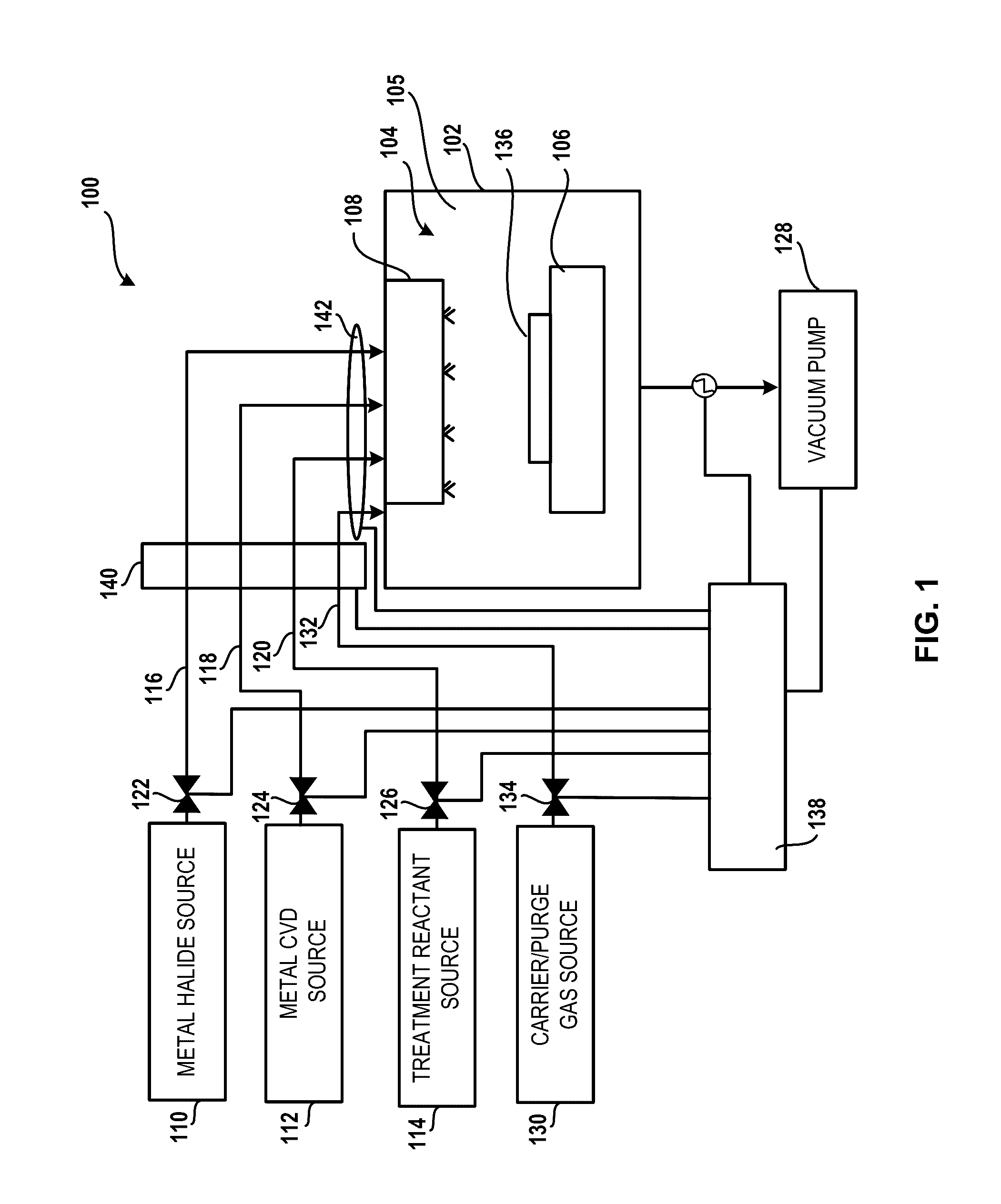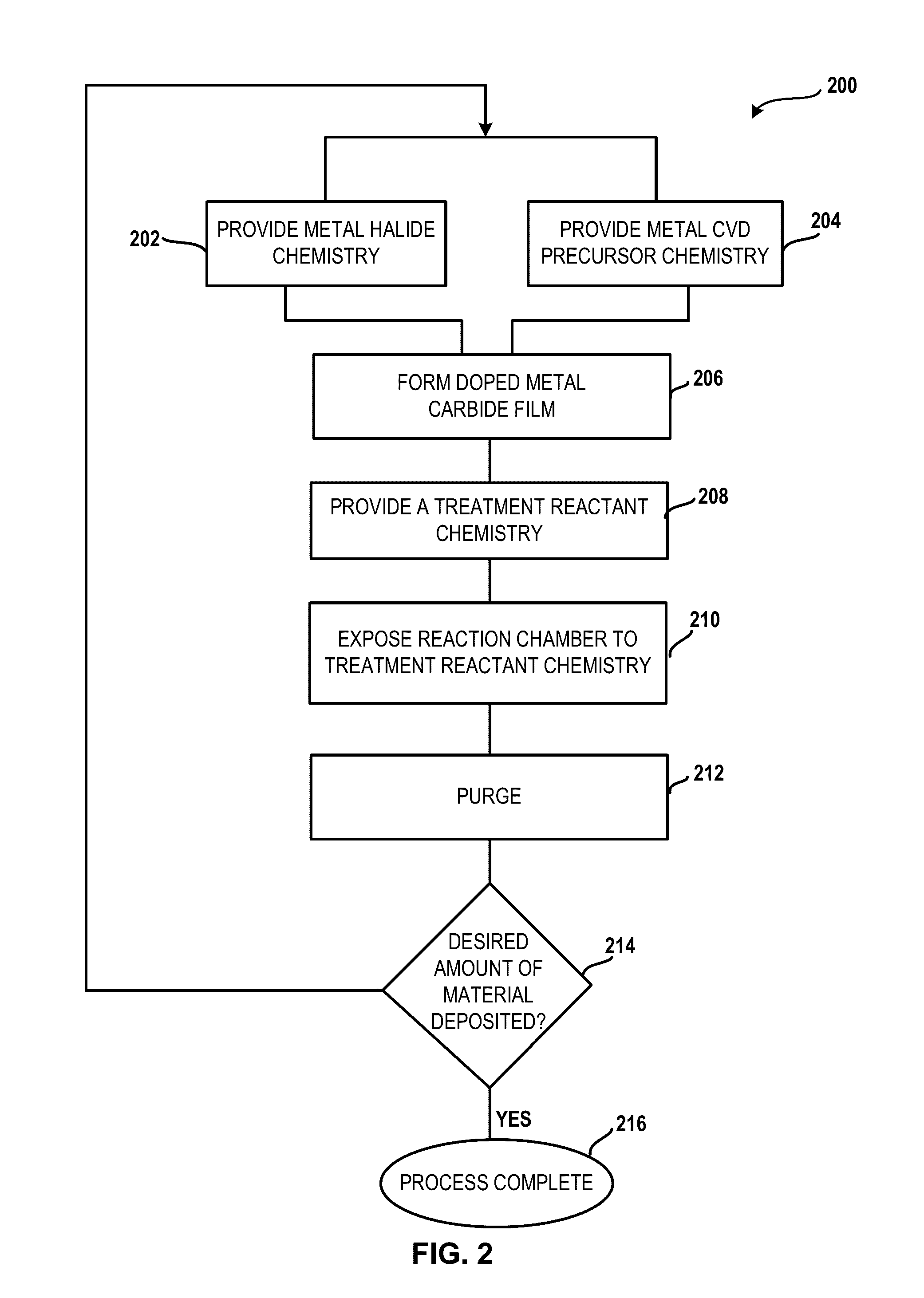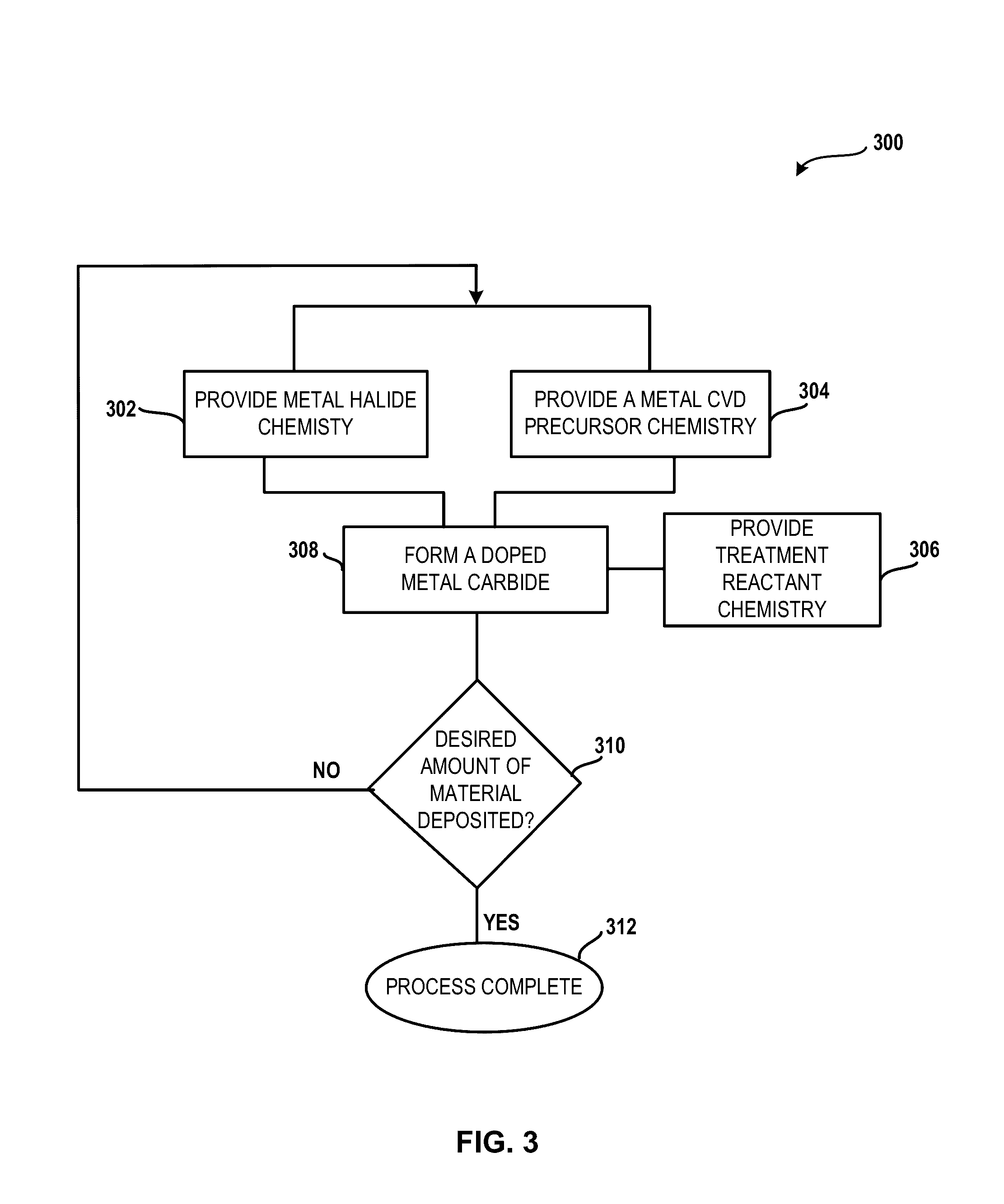System for treatment of deposition reactor
a technology for deposition reactors and reactors, applied in chemical vapor deposition coatings, coatings, electric discharge tubes, etc., can solve the problems and achieve the effect of increasing the throughput of substrate reactors and reducing the cost of operating the reactors
- Summary
- Abstract
- Description
- Claims
- Application Information
AI Technical Summary
Benefits of technology
Problems solved by technology
Method used
Image
Examples
Embodiment Construction
[0021]The description of exemplary embodiments of methods and systems provided below is merely exemplary and is intended for purposes of illustration only; the following description is not intended to limit the scope of the disclosure or the claims. Moreover, recitation of multiple embodiments having stated features is not intended to exclude other embodiments having additional features or other embodiments incorporating different combinations of the stated features.
[0022]The method and system described herein can be used to mitigate formation of remove, and / or transform residue in a reactor used to deposit doped metal films (e.g., films including carbon, boron, silicon, and / or nitrogen) that otherwise buildups and / or generates particles during a deposition process. Use of the methods and systems described herein results in a reduction of particle formation from residue and therefore results in higher throughput and in a lower cost of operation of deposition reactors, compared to re...
PUM
| Property | Measurement | Unit |
|---|---|---|
| decomposition temperature | aaaaa | aaaaa |
| temperatures | aaaaa | aaaaa |
| of time | aaaaa | aaaaa |
Abstract
Description
Claims
Application Information
 Login to View More
Login to View More - R&D
- Intellectual Property
- Life Sciences
- Materials
- Tech Scout
- Unparalleled Data Quality
- Higher Quality Content
- 60% Fewer Hallucinations
Browse by: Latest US Patents, China's latest patents, Technical Efficacy Thesaurus, Application Domain, Technology Topic, Popular Technical Reports.
© 2025 PatSnap. All rights reserved.Legal|Privacy policy|Modern Slavery Act Transparency Statement|Sitemap|About US| Contact US: help@patsnap.com



